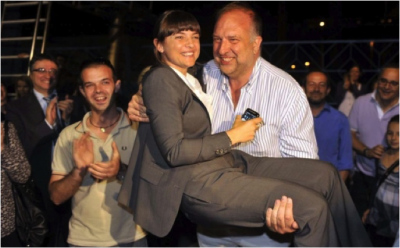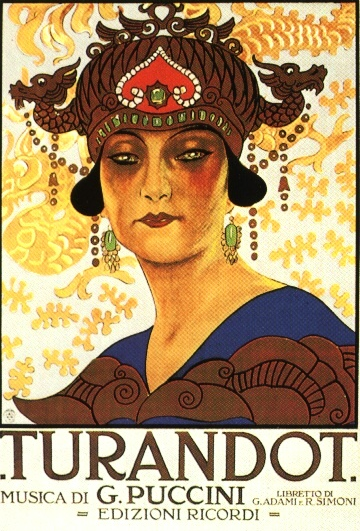Ricostruire il genere attraverso il linguaggio: per un uso della lingua (italiana) non sessista e non omotransfobico
by Michela Baldo, Fabio Corbisiero, and Pietro Maturi – Guest Editors
The guest editors’ introduction to the themed section focuses, on the one hand, on the resources that languages can draw on in order to adapt the use of grammatical gender to account for more equal relationships between men and women, and on the other hand on the fact that the use of the so-called “neuter masculine” in political and everyday discourses and in languages such as Italian,



